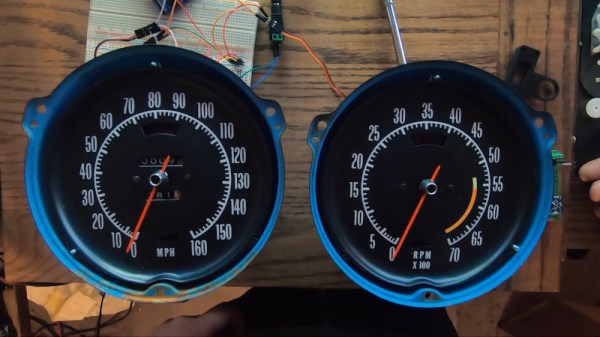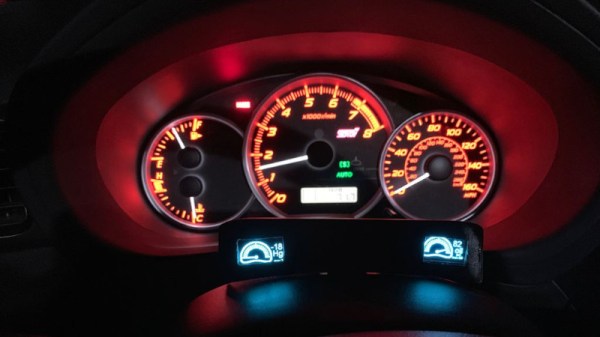There’s something cool about the visual design language used in the aviation world. You probably don’t get much exposure to it if you’re not regularly flying a plane, but there are other ways you can bring it into your life. A great example would be building an aviation-themed clock, like this stylish timepiece from [oliverb.]
The electronic heart of the build is an ESP32. This wireless-capable microcontroller is a popular choice for clock builds these days. This is because it can contact network time servers out of the box, which allows you to build an incredibly capable and accurate clock without any additional parts. No real-time-clock needed—just have the ESP32 buzz the Internet for an accurate update on the regular!
As for the display itself, three gauges show hours, minutes, and seconds on aviation-like gauges. They’re 3D-printed, which means you can build them from scratch. That’s a touch easier than having to go out and source actual surplus aviation hardware. Each gauge is driven by a NEMA17 stepper motor. There’s also an ATMEGA328 on hand to drive a 7-segment gauge on the seconds display, and a PIR sensor which shuts the clock down when nobody is around to view it.
It’s a tidy build, and one with a compelling aesthetic at that. We’ve seen some similar builds before using real aviation gauges, too. Video after the break.
Continue reading “ESP32-Powered Clock Brings Aviation Style To Your Desk”













